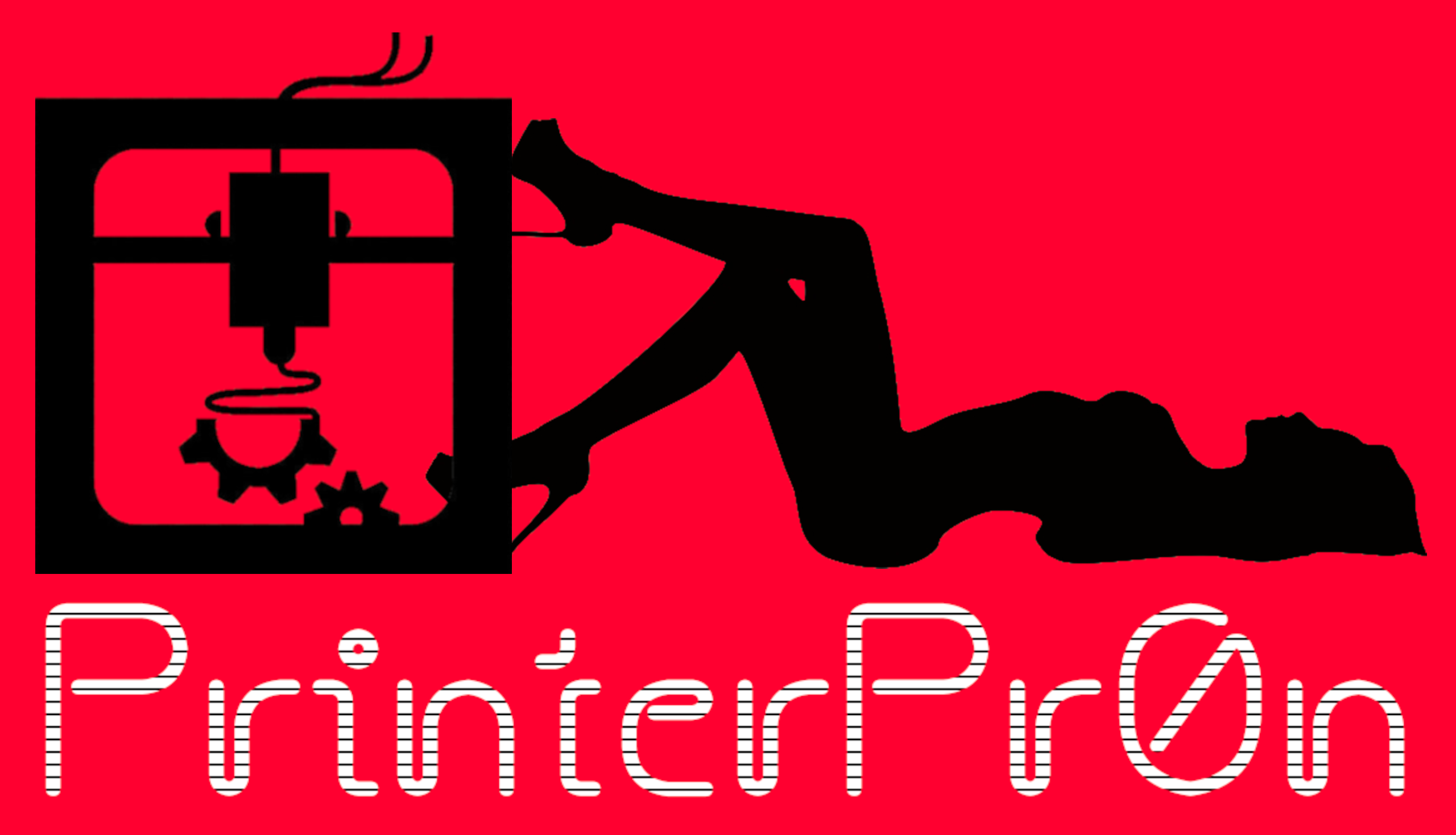In the ever-evolving world of additive manufacturing, Stereolithography (SLA) 3D printing stands as a pioneering technology that has revolutionized the way we conceive, design, and produce intricate three-dimensional objects. Since its inception in the 1980s, SLA has continually pushed the boundaries of what is possible in the realm of rapid prototyping and small-scale production.
SLA 3D printing is a process that harnesses the power of light and liquid resin to construct highly detailed, complex, and accurate models layer by layer. Unlike traditional subtractive manufacturing methods, which involve cutting away material from a solid block, SLA creates objects through the precise addition of material, allowing for unparalleled design freedom and intricate geometries.
In this exploration of SLA 3D printing, we will delve into the fundamental principles of this technology, its key components, the materials used, and its wide-ranging applications across industries. From healthcare to aerospace, automotive to consumer goods, SLA 3D printing has found its place as a game-changing tool for innovation, customization, and rapid prototyping.
Join us on a journey through the fascinating world of Stereolithography, where light transforms liquid into solid, ideas into tangible reality, and where the future of manufacturing is being shaped one layer at a time.
Certainly, let’s delve deeper into the world of SLA 3D printing:
The Fundamentals of SLA 3D Printing
At the core of SLA 3D printing is a photopolymerization process. It begins with a 3D digital model, typically created using computer-aided design (CAD) software. This digital model is then sliced into thin horizontal layers, creating a digital blueprint for the printer to follow.
Key Components of an SLA 3D Printer
- Resin Tank: The heart of the SLA printer is the resin tank, which contains the liquid photopolymer resin. This resin is specially formulated to solidify when exposed to ultraviolet (UV) light.
- Build Platform: The build platform is submerged in the resin tank and starts at the bottom. It gradually moves upward as each layer is printed and solidified. This controlled movement ensures the object is built layer by layer accurately.
- UV Light Source: Positioned above the resin tank is a UV light source, typically a laser or a high-intensity projector. It emits precise UV light patterns according to the digital model’s cross-section, selectively solidifying the resin layer by layer.
Materials Used in SLA Printing
SLA 3D printing materials are diverse and cater to various applications. Commonly used materials include:
- Standard Resins: These offer a balance between detail, strength, and cost-effectiveness. They are suitable for a wide range of applications.
- Engineering Resins: These are tailored for specific mechanical properties, such as high-temperature resistance, flexibility, or strength. They are often used in industries like aerospace and automotive for prototyping functional parts.
- Biocompatible Resins: Designed for medical and dental applications, these resins are safe for prolonged skin contact or implantation in the human body.
- Jewelry Resins: These are formulated to create highly detailed and intricate jewelry pieces with a smooth surface finish.
Applications of SLA 3D Printing
SLA 3D printing has found applications across various industries:
- Prototyping: It is a go-to technology for rapid prototyping due to its ability to create detailed, precise, and complex models quickly. Engineers and designers can iterate and refine their designs efficiently.
- Dental and Healthcare: In dentistry, SLA is used to create precise dental models, crowns, bridges, and orthodontic devices. It is also employed in the production of custom implants and prosthetics.
- Aerospace and Automotive: SLA is utilized for creating prototypes of aircraft and automotive components for testing and validation. It aids in reducing development time and costs.
- Consumer Goods: Customization is a key driver in the consumer goods industry. SLA enables the creation of personalized and intricate items such as phone cases, figurines, and fashion accessories.
- Art and Jewelry: Artists and jewelers use SLA to craft highly detailed and artistic pieces that were once challenging to produce using traditional methods.
- Engineering and Education: SLA is an invaluable tool for teaching and research in engineering institutions, enabling students and researchers to experiment with complex designs and concepts.
In conclusion, Stereolithography (SLA) 3D printing is a transformative technology that has reshaped the landscape of manufacturing and design. Its ability to turn digital concepts into tangible objects with remarkable precision and detail has opened up new horizons across industries, from healthcare to aerospace and beyond. As SLA technology continues to advance, its potential for innovation and customization remains limitless, making it an exciting field to explore and harness for future developments.
